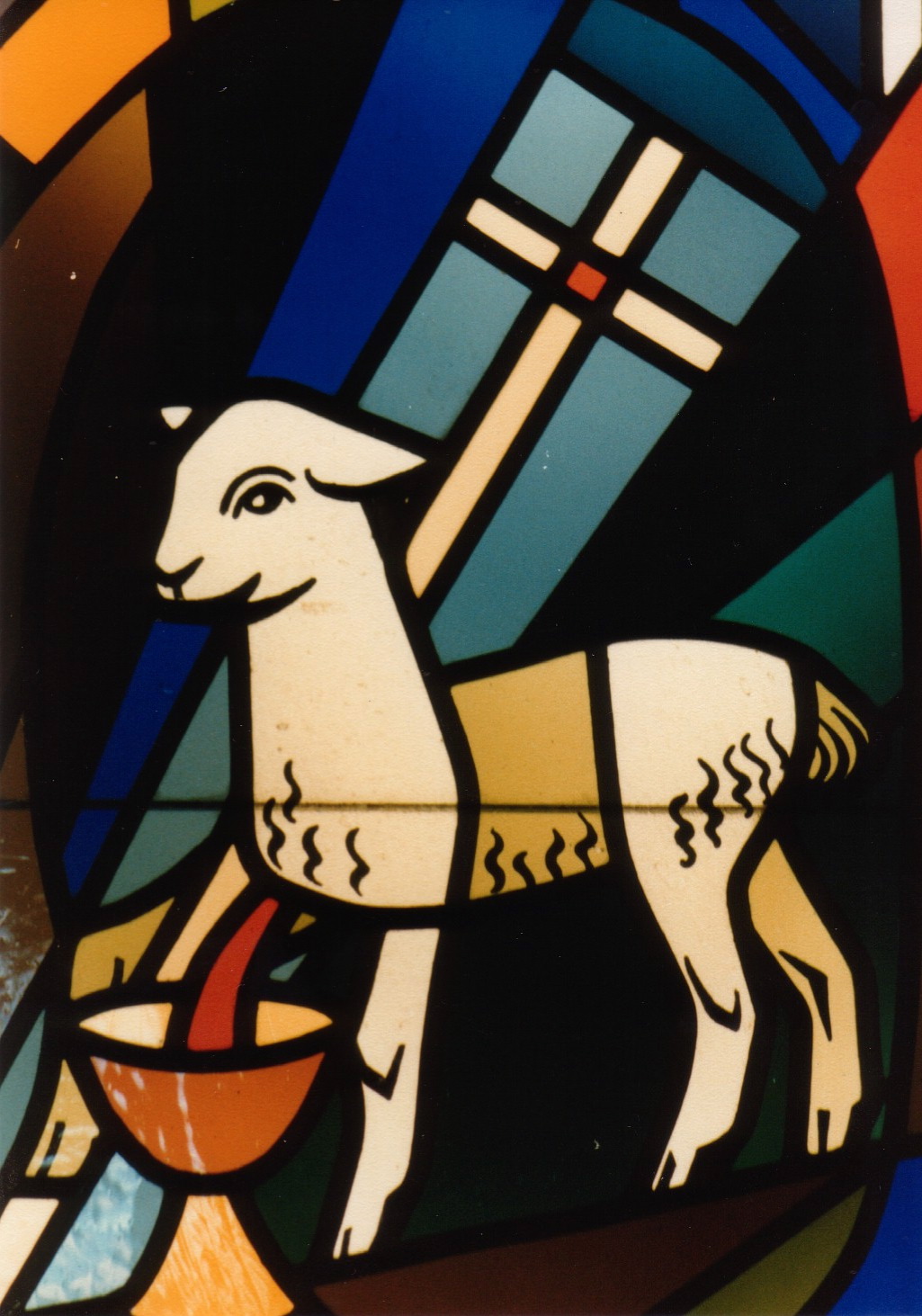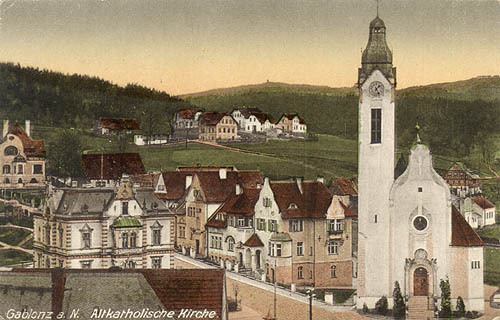|
Outline Of Christianity
The following outline is provided as an overview of and topical guide to Christianity: Christianity – monotheistic religion centered on the life and teachings of Jesus of Nazareth as presented in the New Testament. The Christian faith is essentially faith in Jesus as the Christ (or Messiah), the Son of God, the Savior, and, according to Trinitarianism, God the Son, part of the Trinity with God the Father and the Holy Spirit. Main article * Christianity Branches of Christianity Denominational families Catholic denominational families * Catholicism – broad term for the body of the Catholic faith, its theologies and doctrines, its liturgical, ethical, spiritual, and behavioral characteristics, as well as a religious people as a whole. :* Catholic Church – also known as the Roman Catholic Church; the world's largest Christian church, with more than 1.3 billion members. :** Eastern Catholic Churches – autonomous, self-governing (in Latin, ''sui iuris'') particula ... [...More Info...] [...Related Items...] OR: [Wikipedia] [Google] [Baidu] |
Catholicism
The Catholic Church, also known as the Roman Catholic Church, is the largest Christian church, with 1.3 billion baptized Catholics worldwide . It is among the world's oldest and largest international institutions, and has played a prominent role in the history and development of Western civilization. O'Collins, p. v (preface). The church consists of 24 ''sui iuris'' churches, including the Latin Church and 23 Eastern Catholic Churches, which comprise almost 3,500 dioceses and eparchies located around the world. The pope, who is the bishop of Rome, is the chief pastor of the church. The bishopric of Rome, known as the Holy See, is the central governing authority of the church. The administrative body of the Holy See, the Roman Curia, has its principal offices in Vatican City, a small enclave of the Italian city of Rome, of which the pope is head of state. The core beliefs of Catholicism are found in the Nicene Creed. The Catholic Church teaches that it ... [...More Info...] [...Related Items...] OR: [Wikipedia] [Google] [Baidu] |
Continuing Anglican Movement
The Continuing Anglican Movement, also known as the Anglican Continuum, encompasses a number of Christian churches, principally based in North America, that have an Anglican identity and tradition but are not part of the Anglican Communion. These churches generally believe that traditional forms of Anglican faith and worship have been unacceptably revised or abandoned within some churches of the Anglican Communion, but that they, the Continuing Anglicans, are preserving or "continuing" both Anglican lines of apostolic succession and historic Anglican belief and practice. The term was first used in 1948 to describe members of the Church of England in Nandyal who refused to enter the emerging Church of South India, which united Anglican and some Protestant churches in India. Today, however, the term usually refers to the churches that descend from the Congress of St. Louis, at which the foundation was laid for a new Anglican church in North America. Some church bodies that predate ... [...More Info...] [...Related Items...] OR: [Wikipedia] [Google] [Baidu] |
Anglican Communion
The Anglican Communion is the third largest Christian communion after the Roman Catholic and Eastern Orthodox churches. Founded in 1867 in London, the communion has more than 85 million members within the Church of England and other autocephalous national and regional churches in full communion. The traditional origins of Anglican doctrine are summarised in the Thirty-nine Articles (1571). The Archbishop of Canterbury (, Justin Welby) in England acts as a focus of unity, recognised as ' ("first among equals"), but does not exercise authority in Anglican provinces outside of the Church of England. Most, but not all, member churches of the communion are the historic national or regional Anglican churches. The Anglican Communion was officially and formally organised and recognised as such at the Lambeth Conference in 1867 in London under the leadership of Charles Longley, Archbishop of Canterbury. The churches of the Anglican Communion consider themselves to be par ... [...More Info...] [...Related Items...] OR: [Wikipedia] [Google] [Baidu] |
Anglicanism
Anglicanism is a Western Christian tradition that has developed from the practices, liturgy, and identity of the Church of England following the English Reformation, in the context of the Protestant Reformation in Europe. It is one of the largest branches of Christianity, with around 110 million adherents worldwide . Adherents of Anglicanism are called ''Anglicans''; they are also called ''Episcopalians'' in some countries. The majority of Anglicans are members of national or regional ecclesiastical provinces of the international Anglican Communion, which forms the third-largest Christian communion in the world, after the Roman Catholic Church and the Eastern Orthodox Church. These provinces are in full communion with the See of Canterbury and thus with the Archbishop of Canterbury, whom the communion refers to as its ''primus inter pares'' (Latin, 'first among equals'). The Archbishop calls the decennial Lambeth Conference, chairs the meeting of primates, and is t ... [...More Info...] [...Related Items...] OR: [Wikipedia] [Google] [Baidu] |
Protestantism
Protestantism is a Christian denomination, branch of Christianity that follows the theological tenets of the Reformation, Protestant Reformation, a movement that began seeking to reform the Catholic Church from within in the 16th century against what its followers perceived to be growing Criticism of the Catholic Church, errors, abuses, and discrepancies within it. Protestantism emphasizes the Christian believer's justification by God in faith alone (') rather than by a combination of faith with good works as in Catholicism; the teaching that Salvation in Christianity, salvation comes by Grace in Christianity, divine grace or "unmerited favor" only ('); the Universal priesthood, priesthood of all faithful believers in the Church; and the ''sola scriptura'' ("scripture alone") that posits the Bible as the sole infallible source of authority for Christian faith and practice. Most Protestants, with the exception of Anglo-Papalism, reject the Catholic doctrine of papal supremacy, ... [...More Info...] [...Related Items...] OR: [Wikipedia] [Google] [Baidu] |
Syriac Christianity
Syriac Christianity ( syr, ܡܫܝܚܝܘܬܐ ܣܘܪܝܝܬܐ / ''Mšiḥoyuṯo Suryoyto'' or ''Mšiḥāyūṯā Suryāytā'') is a distinctive branch of Eastern Christianity, whose formative theological writings and traditional liturgies are expressed in the Classical Syriac language, a variation of the Aramaic language. In a wider sense, the term can also refer to Aramaic Christianity in general, thus encompassing all Christian traditions that are based on liturgical uses of Aramaic language and its variations, both historical and modern. Along with Greek and Latin, Classical Syriac was one of the three most important languages of Early Christianity. It became a vessel for the development of a distinctive Syriac form of Christianity which flourished throughout the Near East and other parts of Asia during Late Antiquity and the Early Medieval period, giving rise to various liturgical and denominational traditions, represented in modern times by several Churches which contin ... [...More Info...] [...Related Items...] OR: [Wikipedia] [Google] [Baidu] |
Oriental Orthodoxy
The Oriental Orthodox Churches are Eastern Christian churches adhering to Miaphysite Christology, with approximately 60 million members worldwide. The Oriental Orthodox Churches are part of the Nicene Christian tradition, and represent one of its oldest branches. As some of the oldest religious institutions in the world, the Oriental Orthodox Churches have played a prominent role in the history and culture of Armenia, Egypt, Eritrea, Ethiopia, Sudan, Western Asia and India. As autocephalous churches, its bishops are equal by virtue of episcopal ordination. Its doctrines recognizes the validity of only the first three ecumenical councils. The Oriental Orthodox Churches are composed of six autocephalous churches: the Coptic Orthodox Church of Alexandria, the Syriac Orthodox Church of Antioch, the Armenian Apostolic Church, the Malankara Orthodox Syrian Church, the Ethiopian Orthodox Tewahedo Church, and the Eritrean Orthodox Tewahedo Church. They consider themselves t ... [...More Info...] [...Related Items...] OR: [Wikipedia] [Google] [Baidu] |
Eastern Orthodox Church
The Eastern Orthodox Church, also called the Orthodox Church, is the second-largest Christian church, with approximately 220 million baptized members. It operates as a communion of autocephalous churches, each governed by its bishops via local synods. The church has no central doctrinal or governmental authority analogous to the head of the Roman Catholic Church—the Pope—but the Ecumenical Patriarch of Constantinople is recognized by them as '' primus inter pares'' ("first among equals"), which may be explained as a representative of the church. As one of the oldest surviving religious institutions in the world, the Eastern Orthodox Church has played a prominent role in the history and culture of Eastern and Southeastern Europe. The Eastern Orthodox Church officially calls itself the Orthodox Catholic Church. Eastern Orthodox theology is based on holy tradition, which incorporates the dogmatic decrees of the seven ecumenical councils, the Scriptures, and the tea ... [...More Info...] [...Related Items...] OR: [Wikipedia] [Google] [Baidu] |
Eastern Christianity
Eastern Christianity comprises Christian traditions and church families that originally developed during classical and late antiquity in Eastern Europe, Southeastern Europe, Asia Minor, the Caucasus, Northeast Africa, the Fertile Crescent and the Malabar coast of South Asia, and ephemerally parts of Persia, Central Asia, the Near East and the Far East. The term does not describe a single communion or religious denomination. Major Eastern Christian bodies include the Eastern Orthodox Church and the Oriental Orthodox Churches, along with those groups descended from the historic Church of the East, as well as the Eastern Catholic Churches (which have either re-established or always retained communion with Rome and maintain Eastern liturgies), and the Eastern Protestant churches (which are Protestant in theology but Eastern in cultural practice). The various Eastern churches do not normally refer to themselves as "Eastern", with the exception of the Assyrian Church of the E ... [...More Info...] [...Related Items...] OR: [Wikipedia] [Google] [Baidu] |
Papal Infallibility
Papal infallibility is a dogma of the Catholic Church which states that, in virtue of the promise of Jesus to Peter, the Pope when he speaks '' ex cathedra'' is preserved from the possibility of error on doctrine "initially given to the apostolic Church and handed down in Scripture and tradition". It does not mean that the pope cannot sin or otherwise err in most situations. This doctrine, defined dogmatically at the First Vatican Council of 1869–1870 in the document '' Pastor aeternus'', is claimed to have existed in medieval theology and to have been the majority opinion at the time of the Counter-Reformation. The doctrine of infallibility relies on one of the cornerstones of Catholic dogma, that of papal supremacy, whereby the authority of the pope is the ruling agent as to what are accepted as formal beliefs in the Catholic Church. The use of this power is referred to as speaking ''ex cathedra''. "Any doctrine 'of faith or morals' issued by the pope in his capacity a ... [...More Info...] [...Related Items...] OR: [Wikipedia] [Google] [Baidu] |
Old Catholic Church
The terms Old Catholic Church, Old Catholics, Old-Catholic churches or Old Catholic movement designate "any of the groups of Western Christians who believe themselves to maintain in complete loyalty the doctrine and traditions of the undivided church but who separated from the see of Rome after the First Vatican council of 1869–70". The expression Old Catholic has been used from the 1850s by communions separated from the Roman Catholic Church over certain doctrines, primarily concerned with papal authority and infallibility. Some of these groups, especially in the Netherlands, had already existed long before the term. These churches are not in full communion with the Holy See. Member churches of the Union of Utrecht of the Old Catholic Churches (UU) are in full communion with the Evangelical Lutheran Church of Sweden and the Anglican Communion; many members of the Union of Utrecht of the Old Catholic Churches hold membership in the World Council of Churches. The term "Old ... [...More Info...] [...Related Items...] OR: [Wikipedia] [Google] [Baidu] |

.jpg)






.jpg)
